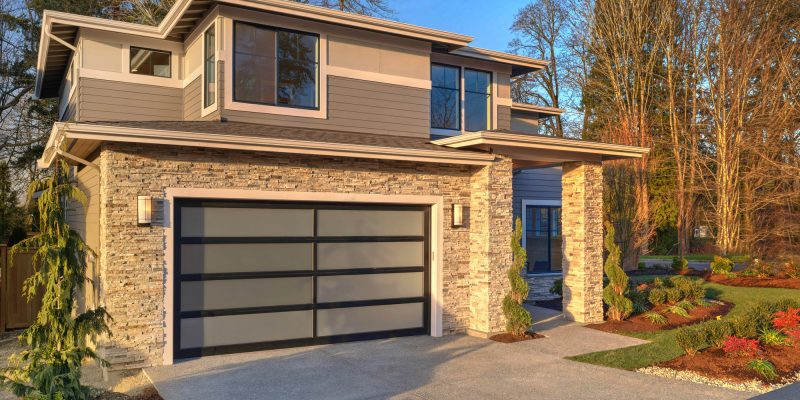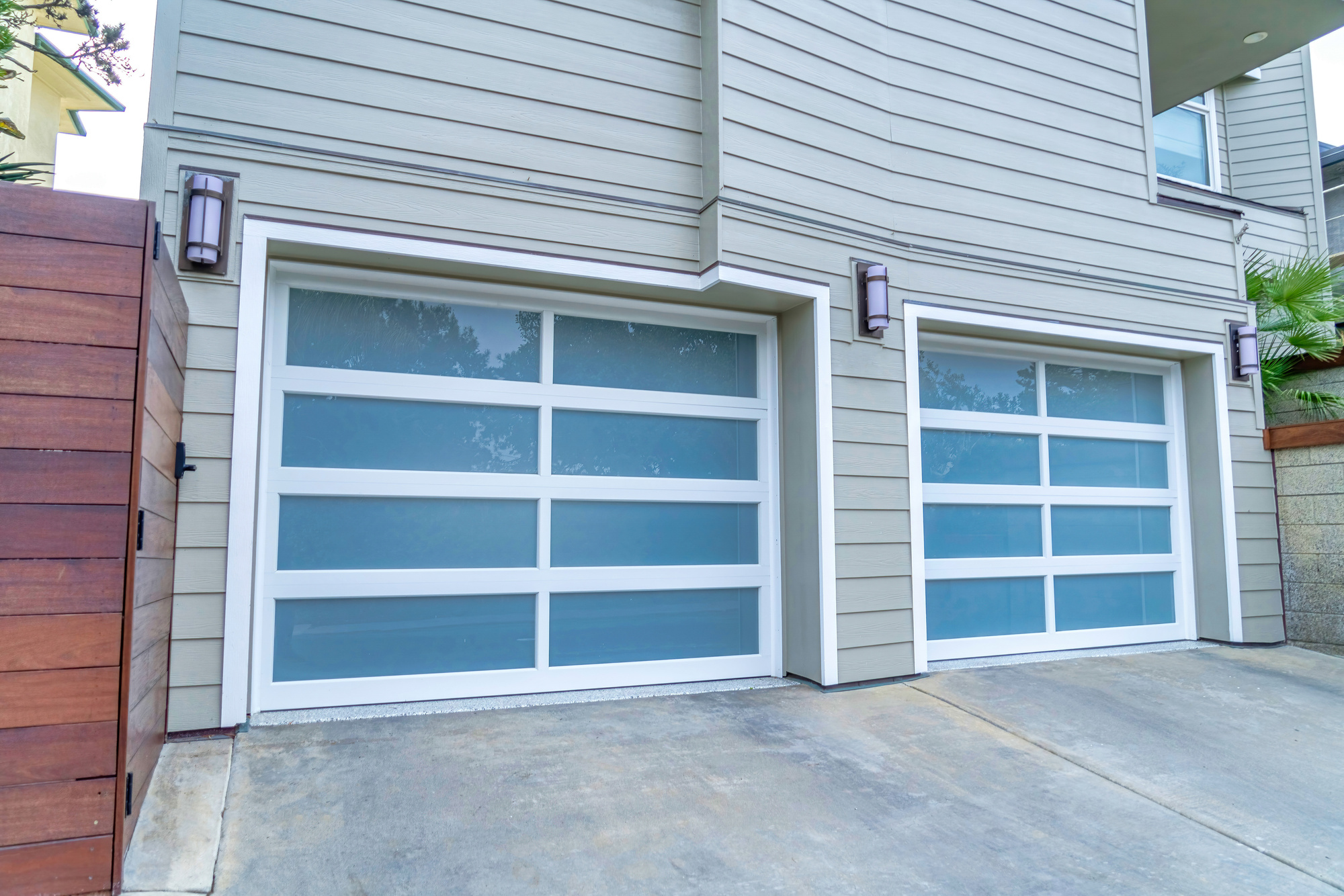In today’s architectural trends, merging indoor and outdoor spaces has gained significant traction. As homeowners sharpen their design sensibilities, they seek solutions that boost both aesthetics and functionality.
The glass garage door enters the scene, offering style, transparency, and a seamless blend with the outdoors. But while they impress with their looks, it’s vital not to let these doors impact energy efficiency.
You might wonder: Can such a sprawling expanse of glass truly be energy-efficient? Absolutely—provided you employ the right tactics. This guide enlightens you on optimizing the elegance of your glass garage door without sacrificing its energy-saving prowess.
Understand The Basics Of Glass Garage Doors
Before diving into energy-saving tactics, grasp the intricacies behind these modern installations. Glass garage doors are more than just panes on a frame. They boast various design and technical details.
You can check https://a1garage.com/glass-garage-doors/ for an in-depth look at diverse designs to help pick the best for your home. When you understand your door’s specifics, fine-tuning its energy efficiency becomes a cinch.
Materials like aluminum or steel for the frame can be crucial to the door’s energy profile. The glass’s quality and type—be it clear, tinted, or insulated—also significantly influence energy conservation.
Choose Insulated Glass Panels
For peak energy efficiency, insulated glass stands out. These panels have a gas-filled gap (usually argon) between two panes, minimizing heat transfer. This keeps your garage cool in summer and warm in winter.
Beyond temperature control, insulated glass cuts down noise pollution—an extra perk if your surroundings are bustling. Plus, these panels give your garage door added resilience.
Seal It Properly
Well-sealed garage doors are pivotal to halting undesired air exchange. Make sure your door features top-notch weatherstripping on its bottom and sides. Weatherstripping can degrade, so inspect and refresh it regularly for ideal energy conservation.
Thinking of an extra seal? A threshold seal on your garage floor offers additional defense against the elements, bolstering your door’s energy-saving credentials.
Consider Tinted Glass
Tinted glass panels can block considerable sunlight, minimizing your garage’s greenhouse effect. Tints not only grant privacy but also slash UV ray intrusion, safeguarding your car’s finish and everything else inside.
Various tints come with different opacity degrees, allowing you to balance aesthetics, privacy, and energy efficiency.
Schedule Regular Maintenance Checks
A neglected garage door, regardless of its make, can guzzle energy. Schedule periodic check-ups to spot any potential issues like cracks or worn seals. Addressing minor glitches swiftly can save you significantly on future energy bills.
Lubricating the moving parts routinely ensures seamless operation, minimizing wear and energy usage. The smoother your door runs, the less energy it demands.
Think About Adding Shades Or Blinds
For those blistering days, the option to pull down a shade or blind behind your glass garage door is invaluable. They don’t just offer privacy; shades also supply an extra insulation layer, mitigating heat accumulation in the garage.
Opt for sun-reflecting shades to minimize heat absorption. They also bring an aesthetic touch, enhancing your home’s décor.
Select Energy-Efficient Frame Materials
Your glass garage door’s frame is pivotal for energy efficiency. Beyond the glass, the suitable frame material can amplify the door’s insulation.
Thermally improved aluminum, for instance, resists heat transfer more than conventional frames. Minimizing heat flow through the frame ensures your garage stays well-insulated, promoting a steady internal climate.
Also, ensure your frame and panel design incorporate thermal breaks—barriers that segregate external from internal surfaces. This curtails heat or cold transfer, leading to long-term energy savings.
Embrace Automation And Smart Systems
In today’s tech era, merging your glass garage door with digital solutions can redefine energy efficiency. Automated systems can adjust your garage door based on internal temperature readings.
On cooler evenings, the system might crack the door open to usher in some crisp air, cutting down on air conditioning needs. Pairing your door with smart home setups lets you oversee and adjust it from afar.
Forgot to shut the door during a morning hustle? A quick tap on your phone ensures your garage stays sealed, preserving its temperature and optimizing energy efficiency.
Keep An Eye On Indoor Temperatures
Investing in a dependable indoor thermometer or innovative home system lets you track your garage’s temperature. By monitoring this, you can adjust settings in real-time—like pulling down shades or cracking open windows—to adeptly manage indoor temperatures.
Such vigilance ensures a steady temperature, easing your home’s HVAC system workload and saving energy.
In Conclusion
A glass garage door isn’t merely a stylish asset—it combines looks with practicality. With smart tactics and consistent upkeep, you can relish the allure of a clear barrier without skimping on energy efficiency. Each tweak or upgrade not only trims your energy bills but also paves the way for a greener tomorrow.





















